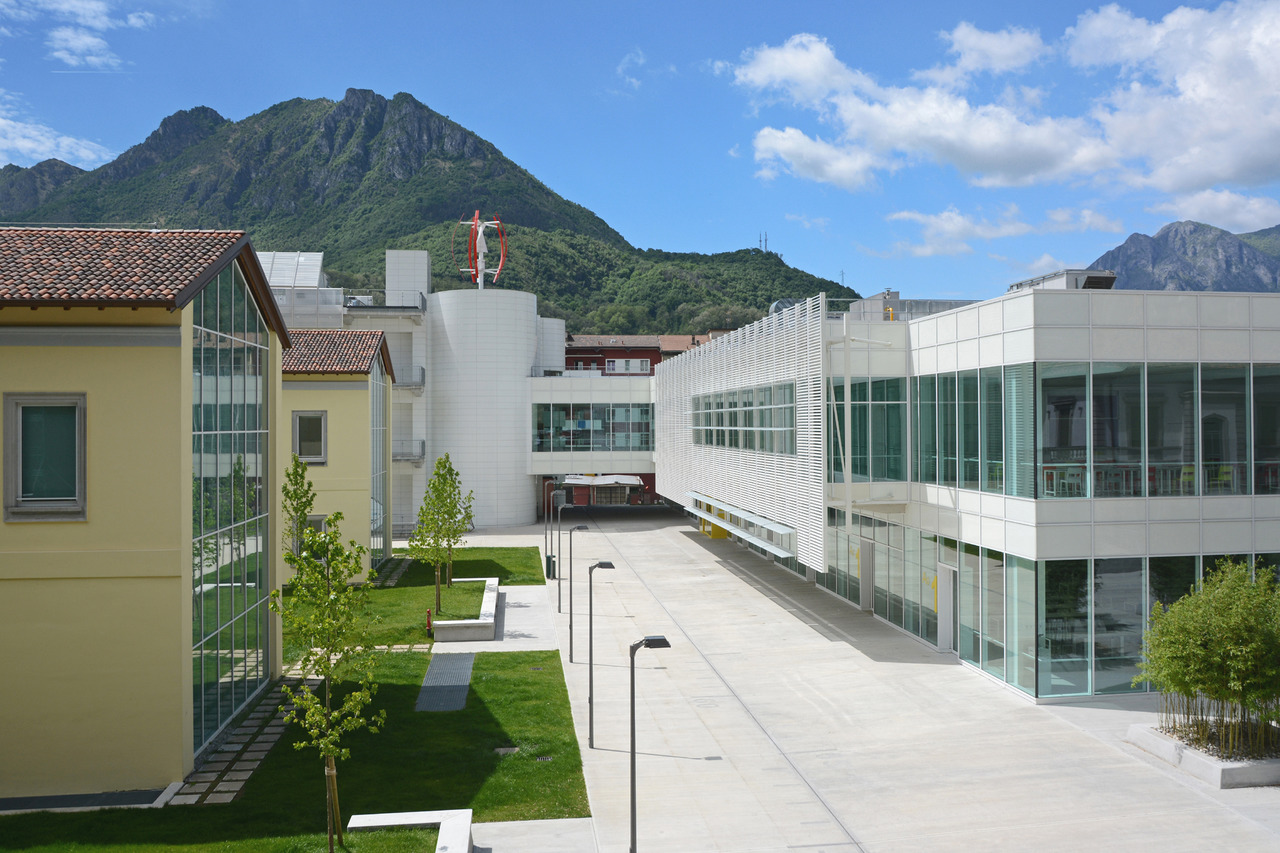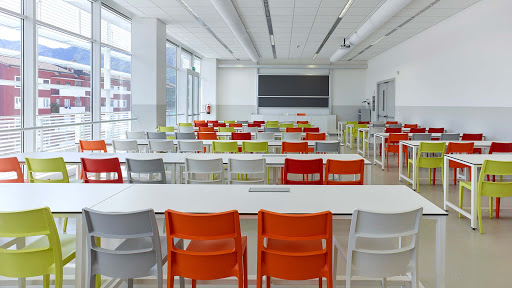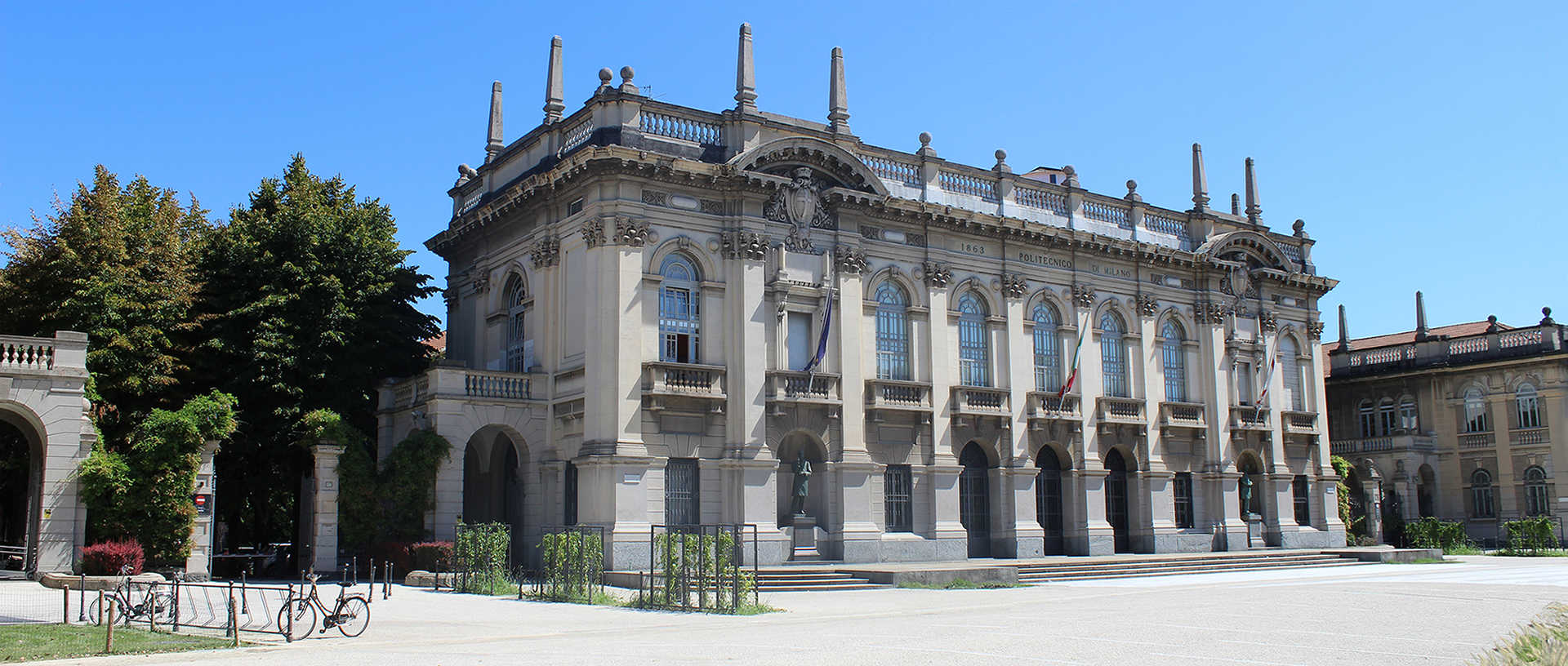


Service Description
The PM&VL6 provides a combination of multiscale modelling, testing and numerical analysis (e.g., thermal FEM and analysis, energy and structural dynamic simulations) in existing indoor laboratory facilities on small-scale test rigs, as well as monitoring kits for in-situ campaigns on real buildings and living labs for dry-layered nEESs in terms of hygrothermal, air quality, airtightness and structural performance. The PM&VL6 can provide: (i) health and safety performance tests under controlled conditions on small-scale prototypes of single components or layers for nEESs, considering the SMEs and INDs requests, in the existing indoor lab (Materials and Structure Lab - M&S Lab) and in the prototype (Building Energy Efficiency pilot - BEEpilot) that has been developed within the MEZeroE project, both located at POLIMI Lecco Campus; (ii) design and realization of real-scale nEESs prototypes for the M&V of performances during mounting, operation and disassembly phases on the BEEpilot testbed; (iii) final validation of the nEESs in real buildings under operational conditions. Referring to the health requirements, the PM&VL6 will perform the characterization of thermal, air quality and airtightness performances of multi-layer dry construction systems, developed in close collaboration with SMEs and INDs, on different mock-up scales: from lab testing on small-scale prototypes (step 1) to their real-scale application on the test bench prototype (step 2). The controlled temperature and humidity levels inside the BEEpilot testbed, in particular, allow to analyze also new/existing natural-based materials subject to deterioration by high moisture migration. Additionally, the external finishing of the building envelope surfaces will be analyzed taking into account the potential mitigation effect on urban heat island phenomenon. The real-scale prototypes will be tested considering also the flexibility of the solution to different climatic conditions. Moreover, the mounting phase allows the testing of the Design for Disassembly (DfD) method according to the circular economy concepts. Lastly, dedicated long-term monitoring campaigns with multi-sensor devices will be performed under real conditions (step 3) by applying the developed nEESs to the prototype, in order to assess the summer/winter thermal behavior and the relative impact on the indoor conditions. With regard to the safety requirements, the PM&VL6 will perform the characterization of structural and mechanical performances of multi-layer dry construction systems, developed in close collaboration with SMEs and INDs, on different mock-up scales. The preliminary step that has been identified for the optimization of multi-layer dry envelope solutions is the investigation of each specific solution at the level of detail of materials and fastening systems (step 1), that will be performed by the M&S Lab considering different loads (static, cyclic - wind, seism) both under typical ambient conditions and in severe environments (freeze thaw cycles for durability, and high temperature up to 1000°C for fire resistance). Fastening elements and joints play a key role in the overall performance of the envelope, and it is therefore important to study the seismic behavior of each envelope solution; proper experimental investigations will be performed at the fixing point in order to verify its performance (e.g., pull-out test, shear test) according to the main standards (appropriate ETAG depending on the type of fixing), not only in static conditions but also in the event of pulsating load applied. In step 2, small-scale mock-ups will be experimentally investigated in terms of impact and fire resistance, and the results will be used to calibrate advanced numerical analysis on real-scale prototypes. Finally, step 3 deals with the real-scale nEESs prototypes, that will be tested in the M&S Lab with reference to static loads, cyclic loads (e.g., wind and seism), dimensional stability, and impact loads, when mounted and installed in accordance with best practice. These real-scale lab tests will take into account not only service condition but also failure criteria. This approach also allows to fulfill the standards requirements for technical approval (e.g., ETAG 034). The real-scale prototypes will also be installed on the BEEpilot test bench and tested under service loads conditions, in order to measure and verify the overall behavior of the envelope as a result of the interaction of its different layers and components.
Characteristics
One of the main objectives of the PM&VL6 is to develop a multidisciplinary measurement and verification approach for innovative products beyond the standard methodologies defined in existing regulations. In this context, innovative test and evaluation methods will be based on existing standards and regulations, when available. Taking into account the basic requirements for construction works defined in Annex I of the EU Regulation No. 305/11, the PM&VL6 test chain will provide M&V services and activities for the following requirements: mechanical resistance and stability; hygiene, health and the environment; protection against noise; energy economy and heat retention. The input data required for the majority of services and tests offered by the PM&VL6, consists of a description of:
-
Components and materials that make up the solution to be tested
-
Geometry of the solution
-
Intended use of the solution
-
Type of environment in which it will be exposed
-
Type of (potential) loads to which it will be subjected
The output provided generally consists of a report with details, observations, pictures, test schemes and test results.
